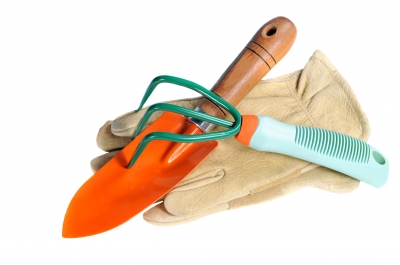From Passion to Profit
There is nothing more satisfying than making some money from your passion. Whether you are a writer, musician, collector or craftsman, every hobbyist has asked the question: “Wouldn’t it be great if I could do this for a living”?
While most hobbyists do not make enough cash to quit their day job. How can you tell if it’s time for a hobby to graduate from a side gig to a small business?
Are You Already Making Money?
If you are already turning a profit from your side gig, there is good news and bad news.
Good news: You’re making money doing something you love.
Bad news: There is a good chance the IRS already considers your hobby a business, and is going to want a piece of that action.
If you engage in an activity with the intent to make money, according to the IRS, you are involved in a business, not a hobby. If you manifest profit from those efforts, you need to report it as income to the IRS.
Conversely, if you are engaging in a hobby in which you intend to make a profit, but end up with a loss — start up costs, for example — you may be able to deduct your losses on your income tax return, according to IRS.gov.
Are You Keeping Track of Your Expenses?
Keeping track of your expenses is necessary for managing your small business. This will allow you to gauge whether you are really making a profit and how much. Conversely, some business expenses are deductible and will allow you to maximize a loss.
The go-to software for managing expenses is Quicken by Intuit. This software has a simple interface that is great for a beginner. Intuit also offers an app called Mint; that can help you keep track of your business expenses on the go, according to Mint.com. If you’re old school, and technology just isn’t your thing, a service called Shoebox will allow you to collect your receipts and send them in via good old snail mail to be digitized and organized. You can then import the data into expense-tracking software.
Are You Separating Personal and Business Expenses?
Many hobbyists begin funding their activities with their personal accounts. When you start to manage your hobby like a business, be sure not to combine your business and personal expenses. Consider creating a separate business checking account and maintaining a credit card for business-related expenses. Credit cards that are tailored for small businesses, such as the American Express Plum Card offer flexible payment options that allow you to maximize your cash flow.
The Plum Card, for example, allows 60 days before you will be charged interest on your purchases. For most personal cards, the industry standard is one billing cycle — usually about a month. This will allow you to leverage your business funds longer without incurring interest.
In addition to offering flexible payment options that are tailored to help small businesses make the most of their assets, many business cards have the added incentive of offering a “cash back” discount on purchases. Usually discounts are between 1 or 2 percent. Coupled with flexible payment incentives, earning a discount on purchases is just another good reason to start keeping your assets separate by opening a business account.
Image courtesy of Gualberto107 / FreeDigitalPhotos.net






No Comment